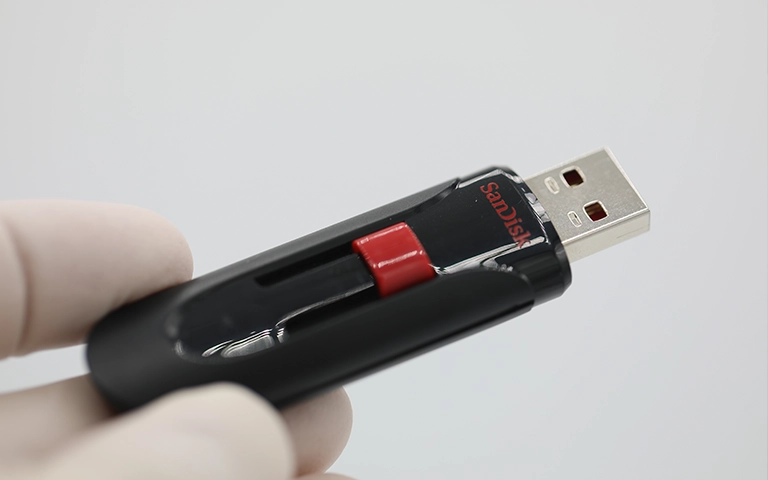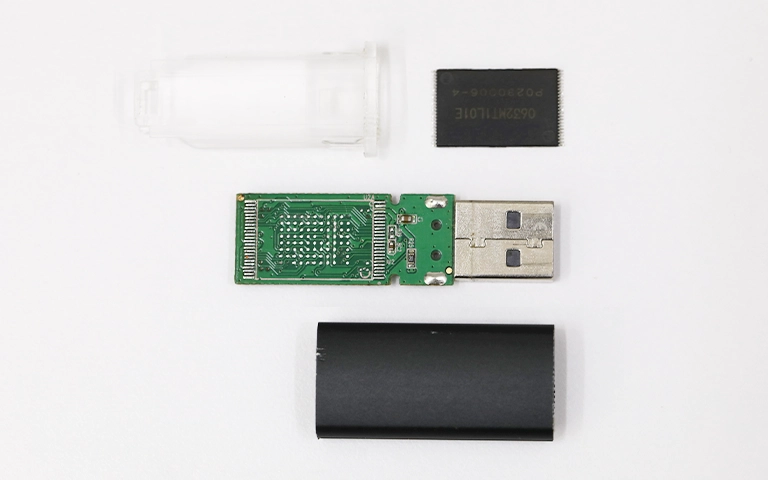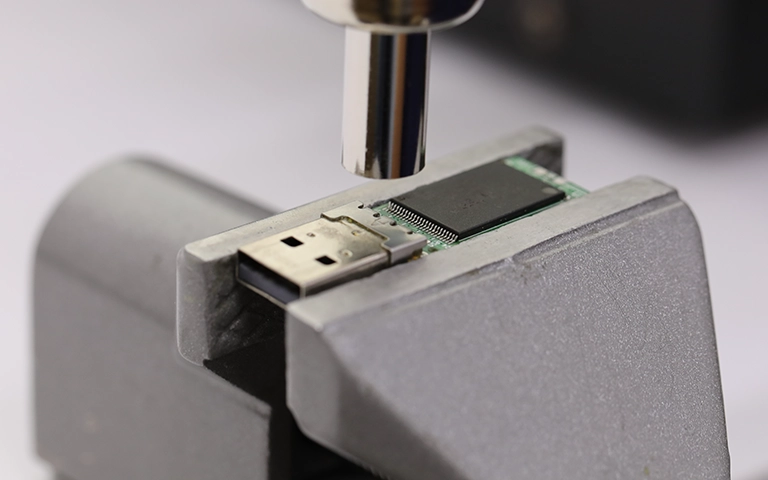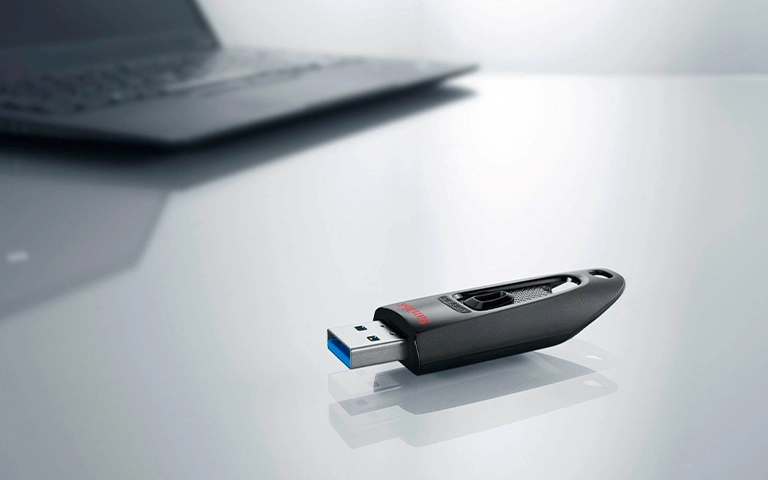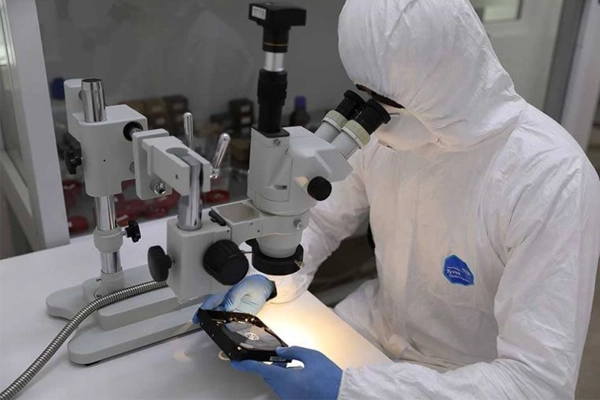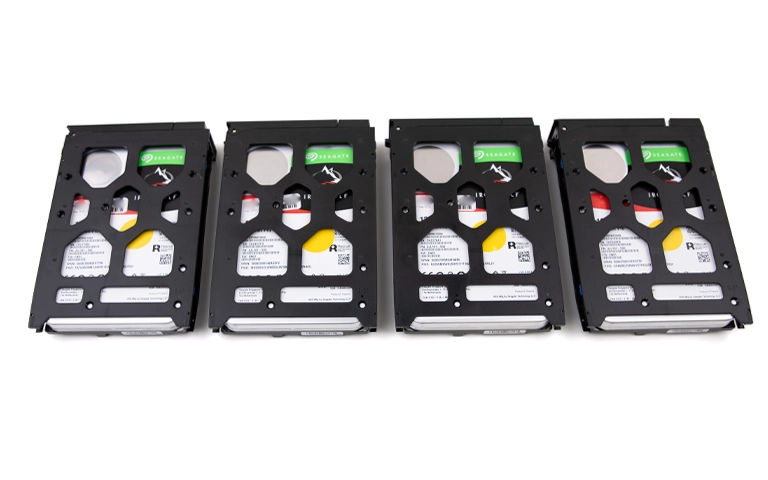Accidentally deleted files from a flash drive can often be recovered, but only if the right steps are taken immediately. Whether the cause is user error, file system corruption, or an unknown failure, quick action is critical to avoid permanent data loss.
This guide covers the first steps you should take, how file deletion works on flash storage, and when to consider professional recovery over DIY methods.
CRITICAL First Step: Immediately Stop Using the Flash Drive!
To recover deleted files, this is the absolute priority: Stop using the USB flash drive immediately. Do not save new files, copy existing files off it, or open documents directly from it.
Why Ceasing Use is Non-Negotiable
When files are “deleted” via standard OS commands, data isn’t typically wiped instantly. The file system (FAT32, exFAT, NTFS) marks the space previously occupied as “available.” Original data often remains on the drive’s internal NAND memory, invisible to the OS but potentially accessible by recovery tools.
The critical danger is overwriting. Any new data written (saving, copying, even some background OS operations) can use that “available” space, permanently replacing old data and making original deleted files unrecoverable, even for experts.
Therefore:
- Safely eject and physically remove the flash drive from the computer or other device.
- Do not plug it back in unless specifically required for a controlled recovery process.
- Do not save any new information to the drive.
- Do not run utilities like CHKDSK or disk repair tools.
- Set the drive aside in a safe place.
Can You Recover Deleted Files from a USB Drive?
Yes, deleted files can often be recovered from a USB flash drive if you stop using it immediately to prevent overwriting. Deletion usually marks space as available, leaving data intact. Success depends on avoiding new data writes and whether TRIM/Garbage Collection (on some advanced drives) has cleared the blocks.
Understanding File Deletion on Flash Drives
Knowing how deletion works clarifies why immediate action is vital.
Marked for Overwriting, Not Instantly Erased
Think of flash drive storage as lockers. Deleting a file is like removing the nameplate. Contents (data) are still inside, but the system sees the locker as available. Recovery tools try to look inside these “unmarked” lockers before new contents are placed. More drive use means faster reuse of these lockers.
Factors Influencing Deleted File Recovery Success
Can deleted files be recovered from a USB flash drive? Often, yes. But success hinges on:
- Continued Use: As emphasized, any write activity post-deletion is the biggest threat to recoverability.
- TRIM Command: Modern operating systems and some advanced flash drives use TRIM. This command allows the OS to tell the drive which blocks are no longer needed (after deletion). The drive can then erase these blocks internally during idle times to maintain speed. If TRIM has processed the blocks containing your deleted files, recovery becomes impossible.
- File Size & Fragmentation: Large files (like videos) are often stored in pieces across the drive (fragmented). Recovering them requires tools that can correctly identify and reassemble these pieces. Simple tools often fail here.
- Flash Drive Health: Recovery scans stress the drive. If the drive was already experiencing issues (e.g., read errors, controller problems), the attempt could cause total failure. The general possibility of recovery is discussed in our overview: Can Data Be Recovered From a USB Flash Drive?.
Get a Free Consultation.
Our recovery experts are ready to assess your device and guide you through the safest path to recovery. Fill out the form to get started.
"*" indicates required fields
The Risks of Using DIY Recovery Software
Many users turn to downloadable software first. While sometimes successful for simple cases on healthy drives, this approach carries significant risks, especially for flash drive recovery.
Potential Downsides and Dangers
- Risk of Overwriting (Critical): A common mistake is installing recovery software onto the target flash drive or saving recovered files back to the same drive. Both actions will almost certainly overwrite the deleted data you are trying to recover. Always install recovery software on your computer’s internal drive and save recovered files to a completely separate drive (e.g., another USB drive, internal hard drive).
- Incomplete Recovery (Fragmentation): Consumer software often struggles to piece together fragmented files correctly, resulting in corrupted photos, unplayable videos, or unusable documents.
- Stressing Failing Hardware: Intensive scans read every part of the drive. If the flash drive has weak NAND cells or a borderline controller, this stress can cause it to fail completely, potentially making even professional recovery impossible.
- Inability to Address Hardware Issues: If the underlying issue is hardware-related and the flash drive is not being shown by the computer, DIY software cannot function. It needs the OS to see the drive first.
- False Positives: Software might list files as recoverable, but they may be irreparably corrupted.

DIY Recovery
Risks permanent data loss
Let the Specialists Handle It
DIY attempts often result in permanent data loss. Our certified recovery specialists use advanced tools in controlled environments for the highest success rate.
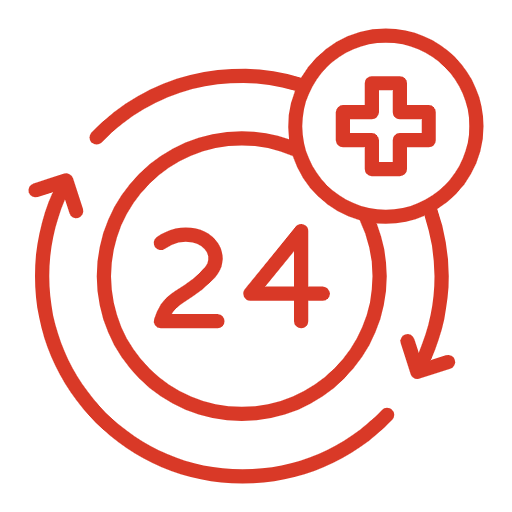
24/7 Emergency Service
The Professional Data Recovery Advantage for Deleted Files
For critical or irreplaceable deleted files, engaging professional data recovery services offers a safer and more effective path.
Safe Imaging First
Professionals utilize specialized hardware imagers to create a sector-by-sector clone of the patient flash drive. This process minimizes stress on the original media. All recovery attempts are then performed on this stable clone, preserving the integrity of your original drive. Learn about the steps involved in our data recovery process.
Advanced File System & Fragmentation Handling
Expert technicians and proprietary software employ advanced algorithms to analyze file systems, carve raw data based on file signatures, and accurately reconstruct fragmented files, maximizing the chances of recovering complete, usable data, especially for complex media types.
Expertise with Flash Memory Technology
A deep understanding of NAND flash behavior, controller logic, and potential firmware quirks allows professionals to tailor recovery strategies effectively, even when dealing with less common or damaged drives.
Ability to Handle Underlying Problems
If the drive exhibits instability or errors beyond the simple deletion, professionals have tools and techniques (sometimes including component repair or procedures in a certified cleanroom environment) to address these issues concurrently with data retrieval.
PITS Data Recovery specializes in retrieving data from all types of flash media, including situations involving deleted files. Our experienced technicians leverage state-of-the-art tools and safe procedures, like working from drive images, to maximize the potential for recovering your valuable data without risking further loss.
Industry-Leading 99% Success Rate
No hidden fees. No surprises. Just expert data recovery you can trust. We handle everything from simple file loss to extreme data recovery cases. If we can’t recover your data, no one can.
Recommended Steps After Deleting Files from Flash Drive
For the best chance of recovering your deleted data:
- STOP USING THE DRIVE: Remove it safely and immediately. Prevent any new data writes.
- Assess Data Value: Determine the importance of the deleted files. Are they backed up elsewhere?
- Avoid DIY Risks: Especially for crucial data, weigh the risks of incomplete recovery or permanent loss from DIY software against the reliability of professional services.
- Seek Professional Evaluation: Contact a reputable data recovery service like PITS Data Recovery. Explain that files were deleted. We can provide a safe assessment and outline recovery options and quotes.
Conclusion
Realizing that files have been deleted from a USB flash drive calls for immediate and precise action. The most important step is to stop using the drive right away to avoid overwriting recoverable data.
While DIY recovery software may seem like a quick solution, it carries significant risks—especially when dealing with important files. Incomplete recovery or permanent loss is common without the right tools and expertise. Professional data recovery offers a safer, more effective approach through specialized equipment and in-depth knowledge of flash storage technology.
If you need to recover critical deleted files from your flash drive, PITS Data Recovery is here to help.
Explore: Flash Drive Data Recovery Services.
Don't Let Data Loss Ruin Your Business
Minimize business disruption. We retrieve lost data fast, so you can focus on what matters.

